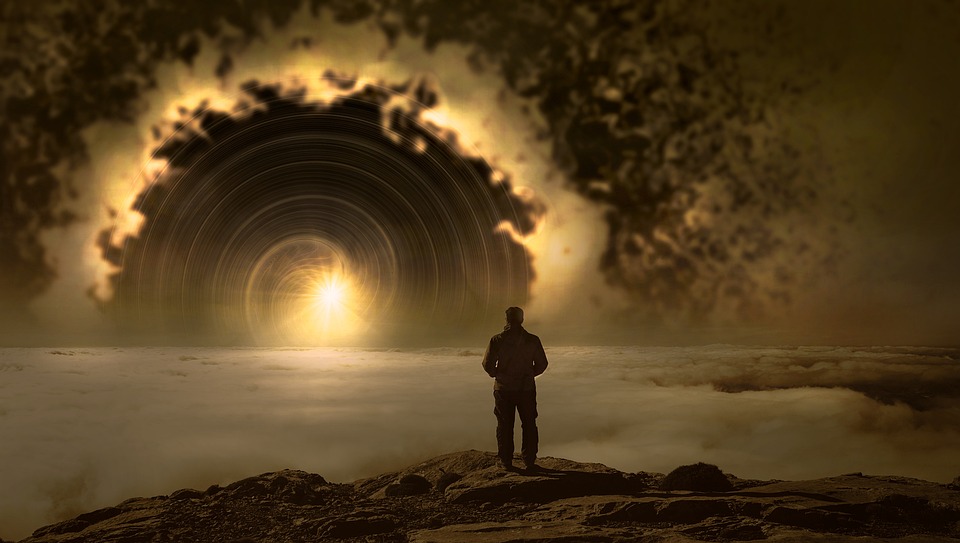Classical mechanics, as understood today, is largely
attributed to the foundational contributions of Sir Isaac Newton, building upon
the work of earlier thinkers like Galileo Galilei. Here is a brief overview of
the contributions of Newton and Galileo to classical mechanics:
Galileo Galilei (1564-1642):
Galileo is often
considered the father of modern physics due to his emphasis on experimental
methods. He conducted a series of experiments on inclined planes and falling
bodies to study the fundamental principles of motion.
Galileo
formulated the principle of inertia, which states that an object at rest will
remain at rest, and an object in motion will continue in motion with a constant
velocity unless acted upon by an external force. This laid the groundwork for
Newton's first law of motion.
Galileo made
significant progress in understanding uniformly accelerated motion. He
developed mathematical descriptions of falling bodies, showing that the
distance traveled is proportional to the square of the time elapsed.
Isaac Newton (1642-1727):
Newton formulated
three laws of motion, which are fundamental principles of classical mechanics.
First Law (Law
of Inertia): An object at rest stays at rest, and an object in motion remains
in motion with a constant velocity unless acted upon by a net external force.
Second Law:
The force acting on an object is equal to the mass of the object multiplied by
its acceleration (F = ma).
Third Law: For
every action, there is an equal and opposite reaction.
- Law of Universal Gravitation:
Newton proposed
the law of universal gravitation, which states that every mass attracts every
other mass in the universe with a force proportional to the product of their
masses and inversely proportional to the square of the distance between their
centers.
- Mathematical Formulation:
Newton's work was
not only conceptual but also highly mathematical. He introduced calculus to
describe motion and developed differential equations to express the
relationship between force, mass, and acceleration.
Newton's laws of
motion and the law of universal gravitation provided a unified framework for
understanding a wide range of phenomena, from the motion of celestial bodies to
the behavior of objects on Earth. This marked a significant departure from
earlier fragmented approaches.
Together, the contributions of Galileo and Newton laid the
foundation for classical mechanics, providing a systematic and mathematical
framework for understanding the motion of objects and the forces acting upon
them. Their work is essential for understanding the physical world and
continues to be a fundamental part of the study of physics.
Development into an advanced form of mechanics
There was a lull following Newton, and it took until the end of the eighteenth century for classical mechanics to advance further. The development of classical mechanics from Newton to
Lagrange and Hamilton represents a significant evolution in the understanding
of physical systems. Here is a more detailed overview of this progression:
- Newtonian Mechanics (17th century):
Isaac Newton
(1642-1727):
Newton formulated the three laws of motion and the law of
universal gravitation, establishing a comprehensive framework for classical
mechanics. His work laid the groundwork for understanding the motion of objects
and the force interactions between them. Newtonian mechanics was basically a force-based mechanics where all motions were considered to be directly associated with forces.
- Principle of Least Action (18th century):
Pierre Louis
Maupertuis (1698-1759):
Maupertuis introduced
the principle of least action, suggesting that natural processes follow paths
that minimize or maximize a certain quantity called action. The principle states that "the actual path taken by a physical system between two
points in its configuration space is the one for which the action, defined as
the integral of the Lagrangian over time, is stationary—either a minimum,
maximum or a saddle point".
- Analytical Mechanics and Euler-Lagrange Equations (18th
century):
Leonhard Euler (1707-1783): Euler made
significant contributions to mechanics, formulating the Euler-Lagrange
equations. These equations provided a mathematical framework for expressing the
equations of motion using the principle of least action.
- Lagrangian Mechanics (18th century):
Joseph-Louis
Lagrange (1736-1813):
Lagrange further
developed the analytical approach to mechanics, introducing the Lagrangian
formulation. In his work "Mécanique Analytique" (1788), Lagrange
employed generalized coordinates and the principle of least action to derive
the equations of motion.
- Hamiltonian Mechanics (19th century):
William Rowan
Hamilton (1805-1865):
Hamilton built upon
Lagrange's work and introduced Hamiltonian mechanics. He reformulated the principle of least action in terms of the Hamiltonian function (H= Kinetic Energy + Potential Energy) leading to Hamilton's principle. In 1833, he published
"On a General Method in Dynamics," which introduced the Hamiltonian
formulation of mechanics. This approach uses generalized coordinates and
momenta to describe the dynamics of a system, and it is equivalent to the
Lagrangian formulation. Hamiltonian
mechanics provides an alternative perspective, particularly useful in certain
physical problems and in the context of quantum mechanics.
In summary, the development of classical mechanics from
Newton to Lagrange and Hamilton involved a transition from empirical laws to
more abstract and general mathematical formulations. The most striking feature of this advanced form of classical mechanics is that it is no longer a force-based mechanics like its Newtonian counterpart, but it is now based on energy. Euler, Lagrange, and
Hamilton each contributed significantly to the analytical and variational
approaches that are foundational to classical mechanics today. The Lagrangian
and Hamiltonian formulations provide powerful tools for solving complex
problems and have applications in various branches of physics.
Prabir Rudra

















